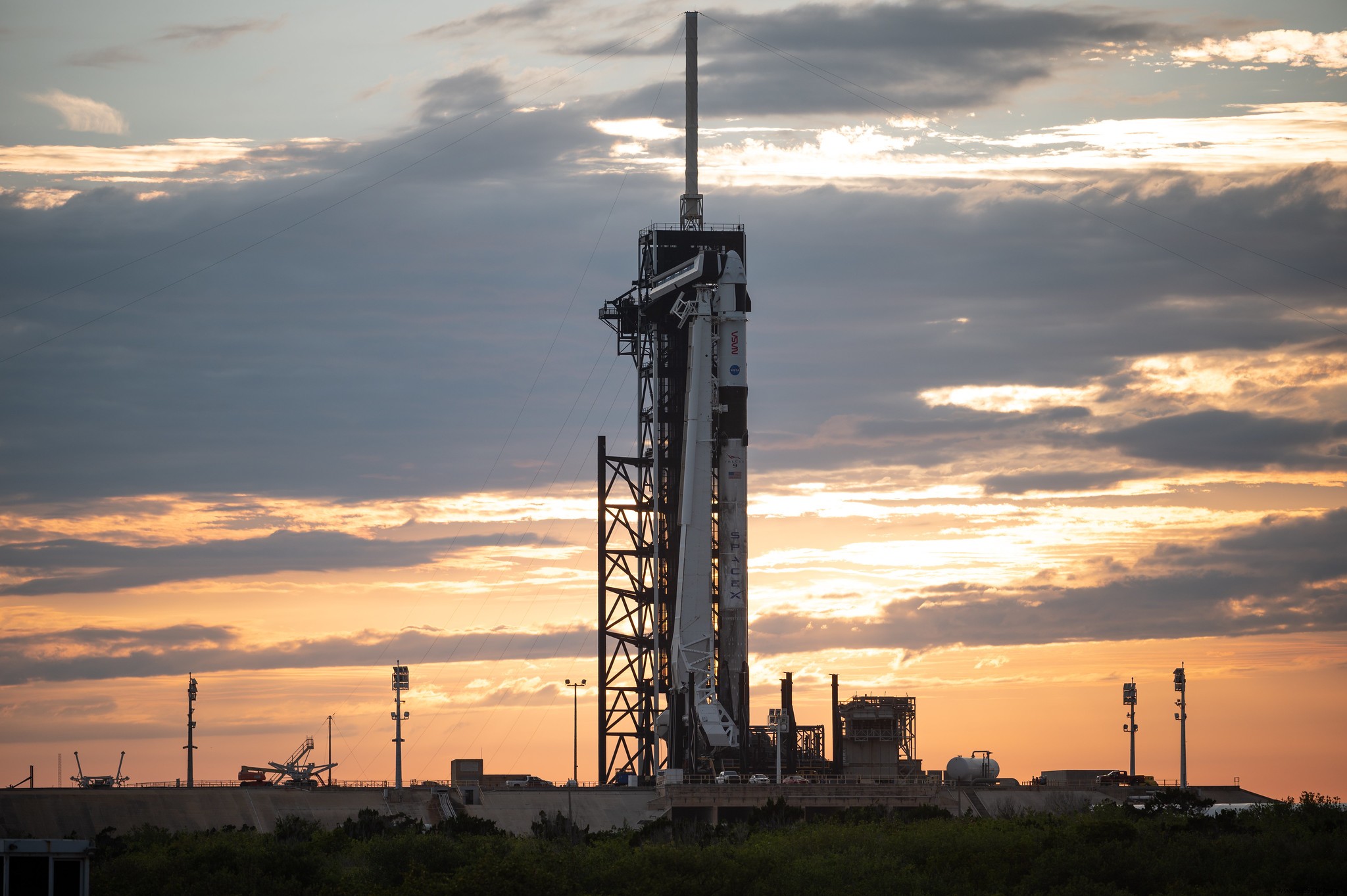NASA has given SpaceX the official green light to launch its next crew mission to the International Space Station (ISS). Due to the weather, the take-off initially scheduled for this Thursday has just been postponed to Friday. For the first time, astronauts will fly aboard a repurposed SpaceX rocket and capsule.
Last week, NASA and SpaceX met to certify, or not, the Crew Dragon spacecraft and Falcon 9 launch vehicle before the flight of the Crew-2 mission to the ISS. The crews went through their checklists and found only one minor issue to fix before takeoff.
According to Bill Gerstenmaier of SpaceX (former head of human spaceflight at NASA), the teams had detected a slight difference in the amount of liquid oxygen loaded into the launch vehicle by compared to the amount expected by SpaceX. As a reminder, the Falcon 9 relies on two components to power its space travels:RP-1 liquid kerosene and liquid oxygen.
On Tuesday, April 20, Benji Reed, senior director of human spaceflight at SpaceX, said the liquid oxygen problem had been solved. Since then, the Falcon 9 and its Crew Dragon capsule have passed two big tests over the weekend:a static firing test and a dress rehearsal with the crew. Both exercises were performed without problems. NASA therefore gave the green light.
The Crew-2 mission, of which Thomas Pesquet will be the Commander, will take off this Friday, April 23 at 11:49 a.m. from the historic Pad 39A of the Kennedy Space Center in Florida. Note that the take-off was initially supposed to take place this Thursday. The weather forecast finally led the NASA and SpaceX teams to postpone the departure to the next day. A launch window was left open just in case.

For this mission, NASA astronauts Shane Kimbrough and Megan McArthur, European Space Agency (ESA) astronaut Thomas Pesquet and ESA astronaut Japan Aerospace Exploration Agency (JAXA) Akihiko Hoshide will fly aboard the Endeavour capsule . As a reminder, it was this same capsule that transported astronauts Bob Behnken and Doug Hurley to and from the ISS for the Demo-2 test flight.
Fun little point:Astronaut Megan McArthur would normally sit in the same seat as her husband, who is none other than Bob Behnken.
Note that the booster for this mission had also previously carried astronauts from the Crew-1 mission to the space station on November 18, 2020.
During their six-month stay, the crew will conduct several hundred experiments, including for the benefit of medical research. This work will help space agencies better understand how space affects the human body in order to better prepare astronauts for future, longer-duration space journeys to the Moon.